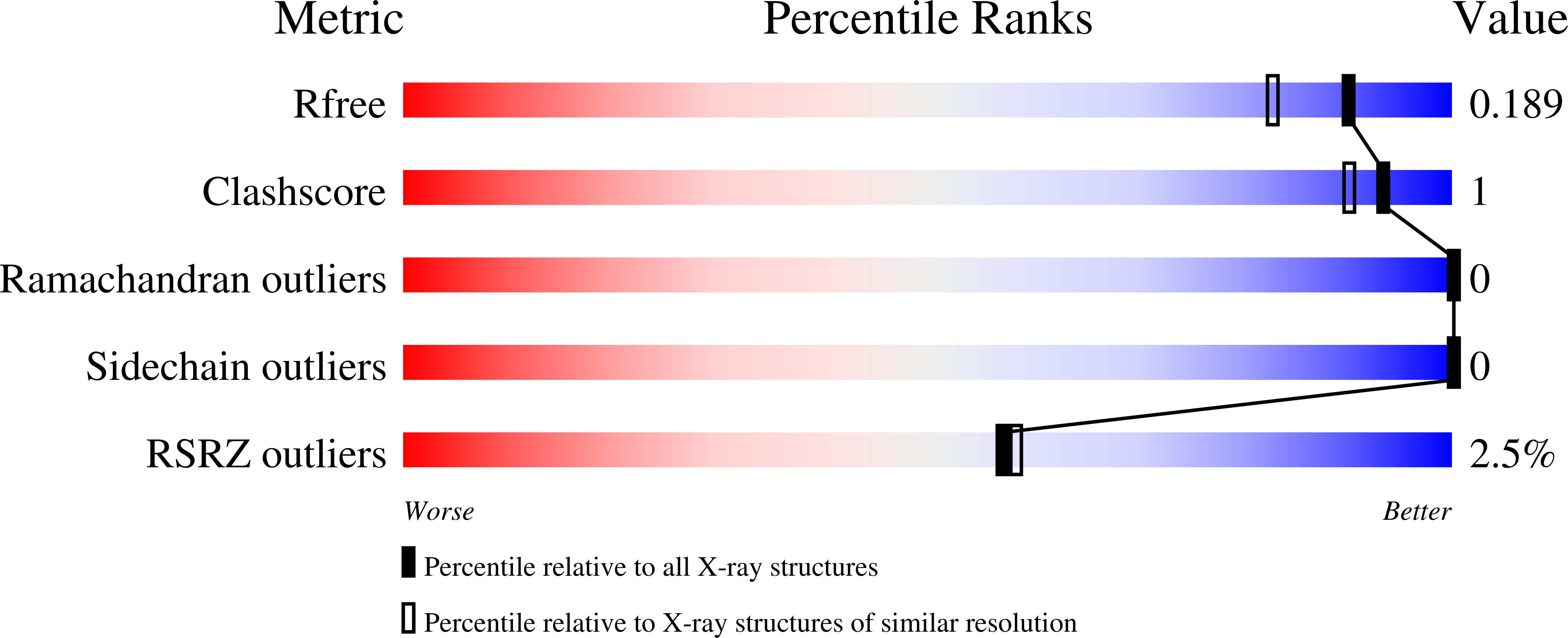
Deposition Date
2021-10-11
Release Date
2022-11-02
Last Version Date
2024-11-20
Entry Detail
PDB ID:
7PZ2
Keywords:
Title:
Structure of the mechanosensor domain of Wsc1 from Saccharomyces cerevisiae
Biological Source:
Source Organism:
Saccharomyces cerevisiae (Taxon ID: 4932)
Host Organism:
Method Details:
Experimental Method:
Resolution:
1.58 Å
R-Value Free:
0.18
R-Value Work:
0.15
R-Value Observed:
0.15
Space Group:
P 1 21 1


